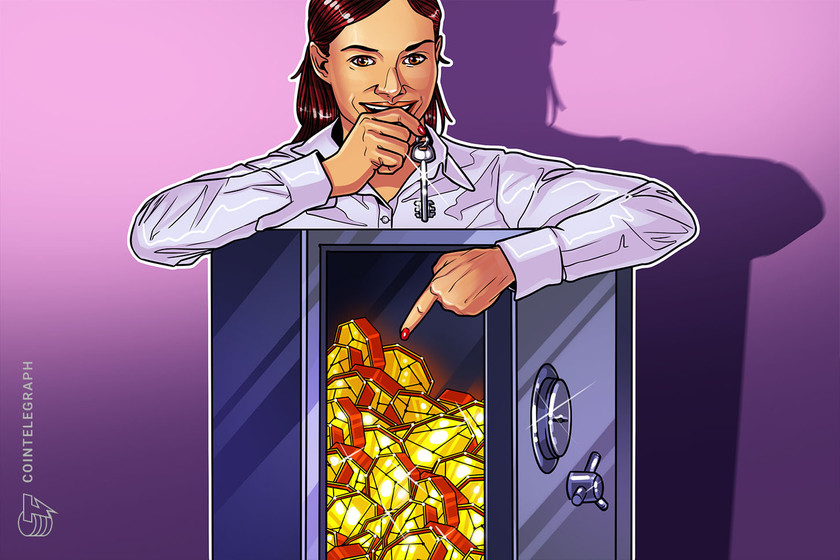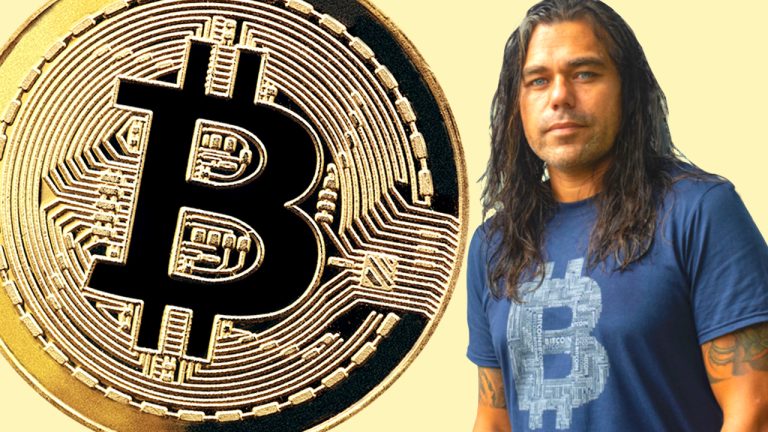
The funding is the first of three rounds for the hardware wallet provider, whose success has been fueled by growing awareness of crypto self-custody.
Hardware wallet provider Ledger has raised 100 million euros ($109 million) in a Series C funding round extension, placing its valuation at 1.3 billion euros ($1.4 billion), in line with its previous funding in June 2021, Bloomberg reported on March 30. The funding is the first of three investment rounds.
As per the report, a second closing is due in April, followed by a third funding to take place at a later date, given "high investor interest." The capital will be used to expand the company's distribution network, increase production, and develop new products.
Ledger's new investors include VaynerFund, Cité Gestion SPV, True Global Ventures, and Digital Finance Group. Previous investors include Morgan Creek, Cathay Innovation, Draper Dragon, Cap Horn, among others.
Ledger is proud to announce our Series C extension fundraising round.
— Ledger (@Ledger) March 30, 2023
We continue our mission of bringing ease-of-use and uncompromised security to your digital value.
Read what our CEO @_pgauthier has to say:https://t.co/JSHyi5jKIQ pic.twitter.com/aGi2FhOXCs
In a recent interview with Cointelegraph at Paris Blockchain Week, Ledger CEO Pascal Gauthier noted that the collapse of crypto exchanges and banks in recent months has raised the level of awareness about crypto self-custody. “Whenever the market gets stressed and whenever people fear for their savings, you know, they rush to crypto and to Ledger,” Gauthier noted.
Related: How to keep your cryptocurrency safe after the FTX collapse
Ledger reportedly had its best month of sales in November following the dramatic collapse of crypto exchange FTX. According to the company, revenue from Ledger Live's buy-and-sell crypto app has grown 200% in the past 12 months. Hardware wallet provider Trezor also benefited from FTX failure, reporting a 300% surge in sales revenue as a result of investors rescuing their funds.
Ledger claims to store more than 20% of crypto assets in circulation and 30% of the non-fungible tokens supply. Among recent moves, the company hired Tony Fadell, builder of the iPhone, to design a new version of its hardware wallet.
Prominent figures in the industry have also encouraged crypto self-custody. “Self custody is a fundamental human right. You are free to do it anytime. Just make sure you do it right,” Binance CEO Changpeng Zhao said in November, advising investors to start small and learn the technology.


















